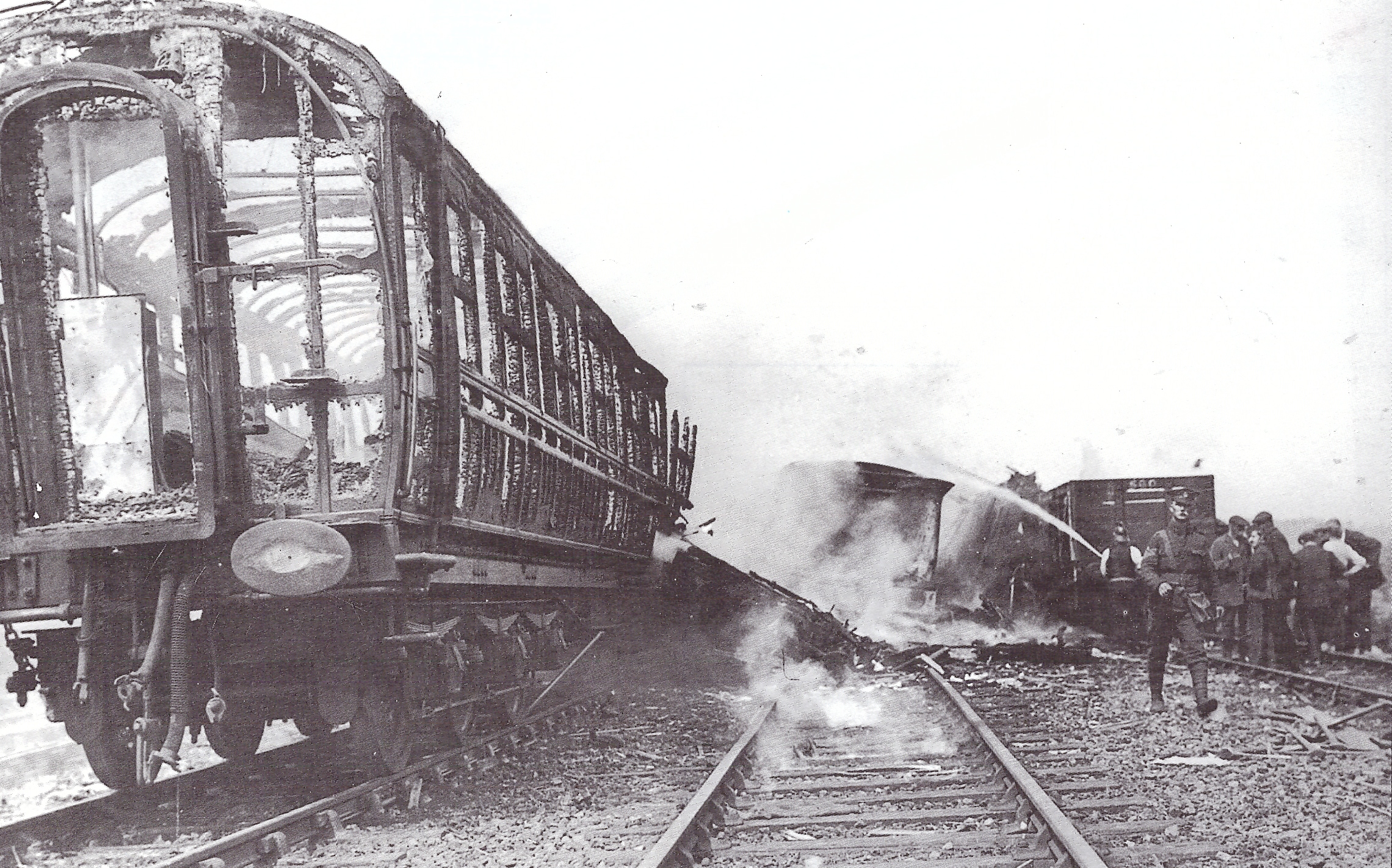Leadership Lessons from Quintinshill

Let me take you on a trip back in time. Back exactly 109 years ago today, to the 22nd of May, 1915.
We’re a year in to the first world war, and we’re in Edinburgh, Scotland. 500 men board a train in the middle of the night, bound for the front line in Gallipoli.
But they would never make it.
This is a story about the worst rail disaster in British history. It’s also a story about failed leadership.
A few hours after those soldiers boarded their train, James Tinsley arrives for work aboard a local stopper train at Quintinshill signal-box. Tinsley is a signalman at Quintinshill, a remote stretch of track about 60 miles south of Edinburgh.
There are four tracks at Quintinshill. The two in the middle are the mainlines, with two side tracks where slow trains can be parked to let faster trains past.
The local train that Tinsley arrived on has to be shunted to let a northbound express train past. On this particular morning, there is already a train parked on the northbound side track, so the local train is shunted on to the southbound mainline.
Tinsley heads in to the signal box, where he greets his friend and colleague George Meakin. Meakin hands Tinsley a scrap of paper. It’s 6.30am, but the official shift change is at 6am. Neither Tinsley nor Meakin like early mornings, so they’ve agreed to start the day shift around 30 minutes later. To stop management finding out, the night-shift signalman records all train register entries since 6am on a scrap of paper so that the day-shift signalman can copy them into the official register in his own handwriting.
While Tinsley is busy copying the entries, he receives a message from Kirkpatrick, the signal-box to the north, asking if the line is clear. Tinsley, forgetting that the local train that he arrived on just a few minutes earlier is still sitting on the southbound mainline just outside his window, replies “yes”.
Back on the troop train, 500 soldiers are quietly chatting, playing cards, and sleeping. They have no idea that they’re hurtling towards that local train sitting on the southbound mainline at Quintinshill. All of a sudden, there’s a screech of brakes as the train tries to stop, but it’s way too late. The troop train hits the local train head on.
226 people died that day. In the subsequent trial, Meakin and Tinsley were found to have broken a number of rules designed to prevent accidents like this. In addition to the irregular shift change, a failure to use signal lever collars to indicate the position of trains was noted as being a crucial factor in the accident. Meakin and Tinsley were found guilty and served 18 months in jail.
Now, you may well think that Meakin and Tinsley got what they deserved. After all, they broke rules designed to keep people safe, and caused the death of 226 people as a result. But maybe it wasn’t entirely their fault.
Take, for example, the rule about the signal lever collars. It’s been suggested that the use of these collars wasn’t actually very practical. In fact, some railway companies didn’t use them for exactly that reason.
And what about that shift change arrangement? If only Meakin and Tinsley had felt comfortable openly discussing that with their management then maybe Tinsley wouldn’t have forgotten about the local train while he was busy copying across the registry entries.
Perhaps this sounds familiar. Organisations today are full of cumbersome, ineffective rules, designed by people who don’t understand how the work is done. This is often made worse by a lack of trust that prevents the challenge and improvement of rules and ways of working.
The problem is, if you’re responsible for setting rules and standards in any organisation, it’s very tempting to set the rules, pat yourself on the back, and move on. I know this, because I’ve done it myself. But it’s essential that we remember what happened at Quintinshill, and take the time to go and see how the work is actually done. To make sure the rules really help, rather than hinder.
Meakin and Tinsley clearly made mistakes that directly led to that disaster, 109 years ago today. But they were human, we all make mistakes. It’s down to leadership to ensure that organisational rules and safeguards are in place - and more importantly, are actually effective - to prevent those mistakes from becoming disasters.